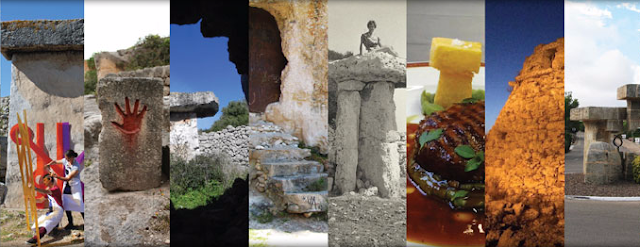Call for Papers! Deadline 30th September

30th September 2017: Abstract deadline The "3rd International Conference on Best Practices in World Heritage: Integral Actions" will take place in less than one year (2-5 of May 2018) and we would like to repeat the success of previous events which were dedicated to People and Communities (2015) and Archaeology (2012). We encourage you to come with us, because it is a good opportunity to highlight the role of our Cultural and Natural Heritage in an interdisciplinary context, to share experiences with other organizations as NGOs or International Centres, even with Civil Society. After closing the voting period to decide the topics to be brought during the conference, you have decided we should focus on: − MUCH ADO ABOUT NOTHING: VALUE OF SCIENTIFIC KNOWLEDGE. Basic and applied science, humanities, social sciences, technologies, etc. When we started with the Conferences, we were mostly concerned about the lack of a scientific-technical background emerging from many
